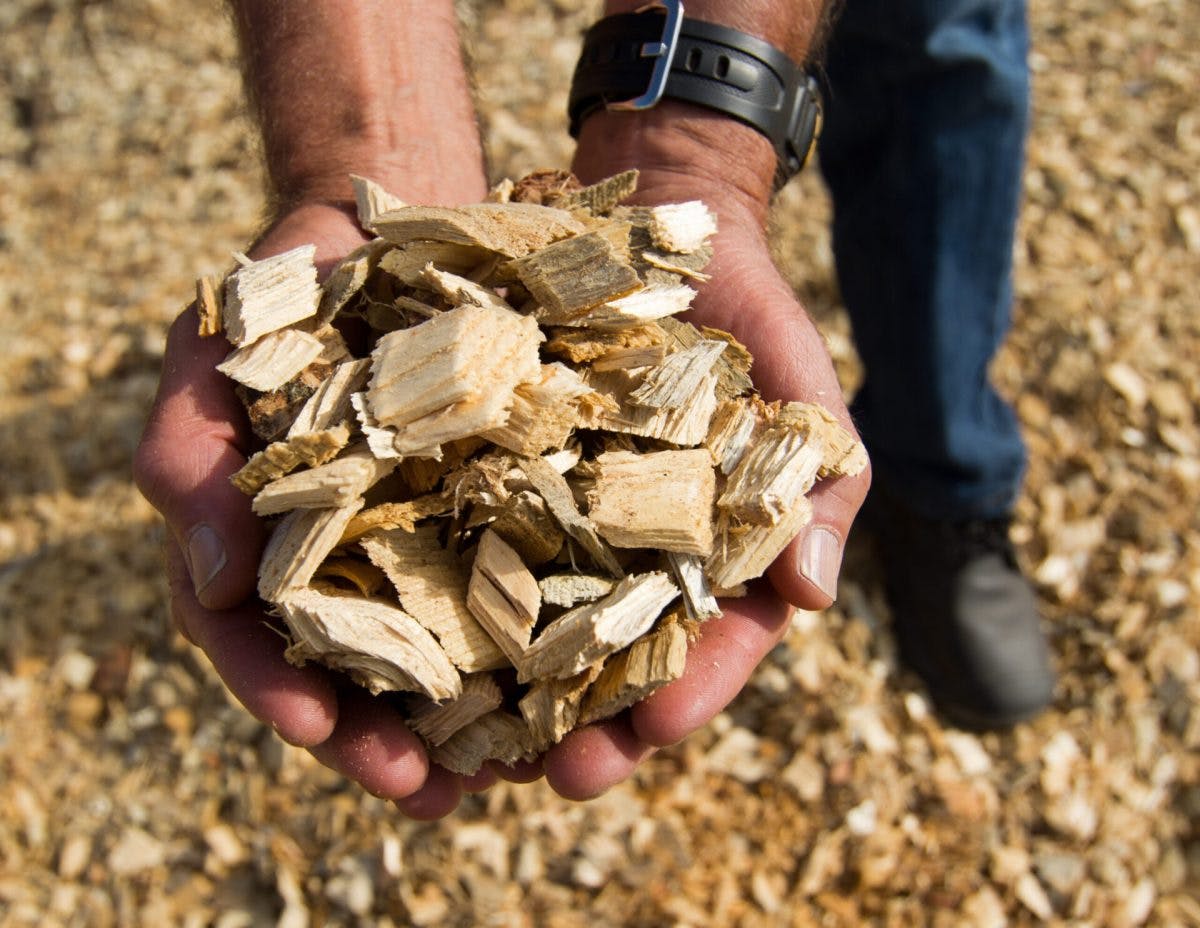Saving the planet with bioenergy, or not?
An old debate is back in the news. Yes, bioenergy. It will either save the planet or destroy the planet, but seemingly, never anything in between. Should we use bioenergy, or should we ban it?

A bioenergy crop may be harvested and grown back within a year. In this case, bioenergy would be far better than coal almost instantly, writes Glen Peters.
Bioenergy uses biomass (wood, pellets, waste, bioenergy crops) to produce energy. Coal energy, uses coal to produce energy.
Neither coal nor bioenergy are environmentally benign.
A new report by Chatham House has come out strongly against bioenergy, with a rebuke from IEA Bioenergy, igniting a “fierce academic row”.
The Chatham House report notes that “in most circumstances, …, the use of woody biomass for energy will release higher levels of emissions than coal and considerably higher levels than gas”.
Is that true? Is the use of bioenergy, “in most circumstances”, worse than burning coal?
Let’s simplify the discussion, and assume we can only produce energy with coal or bioenergy. No, you can’t run and hide, and pick another energy carrier. The two choices are coal or bioenergy to produce energy. One or the other.
Think of it as case of “choosing the lesser of two evils”. Does coal or bioenergy cause less environmental harm?
The coal case is easy. You burn coal, CO2 that was buried in the ground for millions of years goes into the atmosphere and enters the carbon cycle. The carbon cycle distributes some of the emitted fossil CO2 between the land and ocean sinks, but a portion of the emitted fossil CO2 will remain in the atmosphere for ever and cause global warming. Fossil CO2 is permanently taken from the ground into the atmosphere. Permanent.
Bioenergy is more complex. Biomass grows, with some help from an external energy source, the sun. There is a cycle. Harvest. Grow. Harvest. Grow. Harvest. Grow. The biogenic CO2 cycles between the forest and the atmosphere. Think of it as like agriculture. Land is not used once. It is reused.
The fact that biomass can regrow is where the bioenergy debate gets messy. Suppose we didn’t regrow biomass after harvest. Suppose we chopped down a forest and covered the area with concrete. Then, bioenergy would, in fact, be worse than coal. Yes. True.
More realistically, the forest manager has some common sense. They don’t want their business to go broke after one harvest. They replace the harvested tree with a new tree, either by direct planting or via seed trees. They may do it badly, they may do it slowly, they may require some government regulation, but let’s assume they do it.
In a boreal area, the forest may take 100 years to grow back. Eventually, given a time lag, bioenergy would be better than coal.
A bioenergy crop may be harvested and grown back within a year. In this case, bioenergy would be far better than coal almost instantly.

In these cases, if I had a choice, I would have to say that bioenergy is better than coal except in extreme cases (permanent deforestation). But, I have intentionally designed the problem to make bioenergy look bad.
Suppose we grew a tree first. Grow. Harvest. Grow. Harvest. The dynamics have changed now. Bioenergy is better than coal in all cases because we remove the carbon before we release it again.
Or perhaps I managed an entire country of forests. At any one time, I am harvesting and growing simultaneously. Carbon goes into the forest the same rate it goes out. The carbon stock in the forest could be constant or growing. Bioenergy, again, is far better than coal.
To me, it is clear, that we are better to use bioenergy than coal, if we had a choice between the two.
Ah, but then there is another trick I can pull. Otherwise known as the counterfactual. What would I have done with the forest if I didn’t use it for bioenergy? I could have left the forest in place instead of burning the forest? Contrary to common perception, the forest sink does become saturated with age.
Sure, correct. Using forest for bioenergy will put a share of carbon from the forest, into the atmosphere. Yes. But we are doing this to avoid burning coal. If you want more carbon in the forest, then go ahead, burn more coal.
The counterfactual also leads to the concept of the ‘payback time’. In fact, one could say bioenergy is better than coal given a payback time. The payback time means that, at some point in time, bioenergy will be better than coal. Depending on forest dynamics and the counterfactual, the payback time will be shorter or longer.
The payback time could be negative, it could be zero, it could be 10 years, or it could be 100 years. But, at some point, bioenergy will be better than coal. In most realistic cases, the payback time will be a small number.
Of course, one can play with the forest dynamics and the counterfactual, and make the payback time bigger. Ok, well, if you want to play those games, then you may as well go and burn coal.
To be clear, bioenergy is not perfect. Think of it as choosing the lesser of two evils. Bioenergy, is clearly a lesser evil than coal.
That does not mean we should now go 100% bioenergy. No. Definitely not. Bioenergy of different types needs a detailed analysis with models of forest management, forest dynamics, and a well thought out and realistic set of counterfactuals.
Bioenergy needs a balanced analysis, something that does not seem to happen in the bioenergy field.
I used to begin a presentation on bioenergy as the “the good, the bad, and the ugly”, yes, the Clint Eastwood movie. We need to choose the good biofuels, avoid the bad, and definitely avoid the ugly.
Can we please have a rational debate about bioenergy, for once?